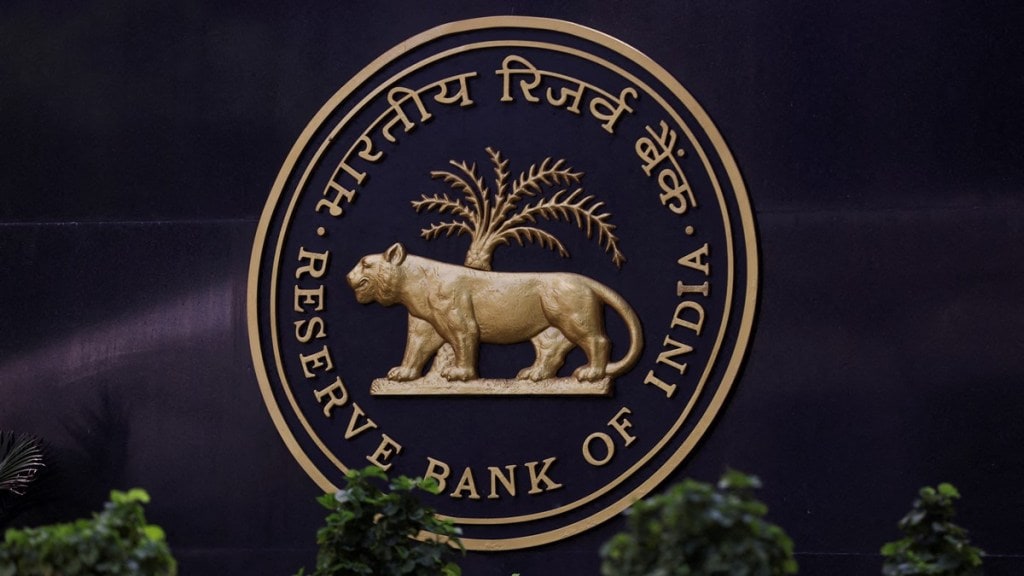There is a pressing need on the part of the government and the judiciary to invest in building capacities for authorities such as the National Company Law Tribunal (NCLT) and National Company Law Appellate Tribunal (NCLAT) to handle the increasing resolution case load, Reserve Bank of India (RBI) deputy governor (DG) Swaminathan J said at a conference organised by CAFRAL.
“Timely resolution, a crucial goal of the IBC (Insolvency and Bankruptcy code), faces obstacles may be due to certain operational inefficiencies, leading to delays in the resolution process,” the DG said, adding that concerns have been raised about the infrastructure, staffing, and overall capacity of the NCLT and NCLAT.
RBI governor Shaktikanta Das recently said the delay in resolution proceedings under the IBC is a major cause for concern as 67% of ongoing cases have breached the 270-day deadline set for completion. More concerning is the fact that the average time taken for admission of a case during FY21 and FY22 stood at 468 days and 650 days, respectively. Das said such long delays will substantially erode the value of assets.
The deputy governor said there is an unfinished agenda of a comprehensive resolution framework for financial services providers such as banks, non-banking financial companies (NBFCs) and insurance companies. In the absence of an IBC-like legislative framework for resolution of financial institutions, the IBC has been used for resolution of NBFCs.
He noted that when lenders have the confidence that they can recover money more reliably and in a timely manner, they are more inclined to lend, which boosts the flow of credit in the economy, thereby supporting business and economic growth. “From a banker’s perspective, it starts at the underwriting stage itself.
Bankers base their decision on the viability of the borrower. However, there is a need to also factor in the possibility of a stress, leading to resolution and potential challenges the lenders might face in realisation of assets, at the underwriting stage itself,” Swaminathan said.
Given the time-bound nature of the CIRP, he emphasised that the committee of creditors need to act with a sense of purpose making a pragmatic assessment of available options and deciding swiftly.
Delaying tactics
Swaminathan observed that while there is no objection to any party seeking legitimate legal recourse, these proceedings have often been used as delaying tactics by defaulting borrowers and have significantly contributed to delays in the resolution timeline. “One hopes that as the law matures, judicial interpretation and precedents would emerge to help navigate the nuances, ultimately reducing delays in future,” he said.
Resolution vs recovery framework
Referring to certain discussions playing out about the recovery percentage through IBC process, the deputy governor underscored that the IBC is a resolution framework rather than a recovery framework and any commentary based solely on recovery percentages may overlook the broader objectives and achievements of this transformative legislation.

